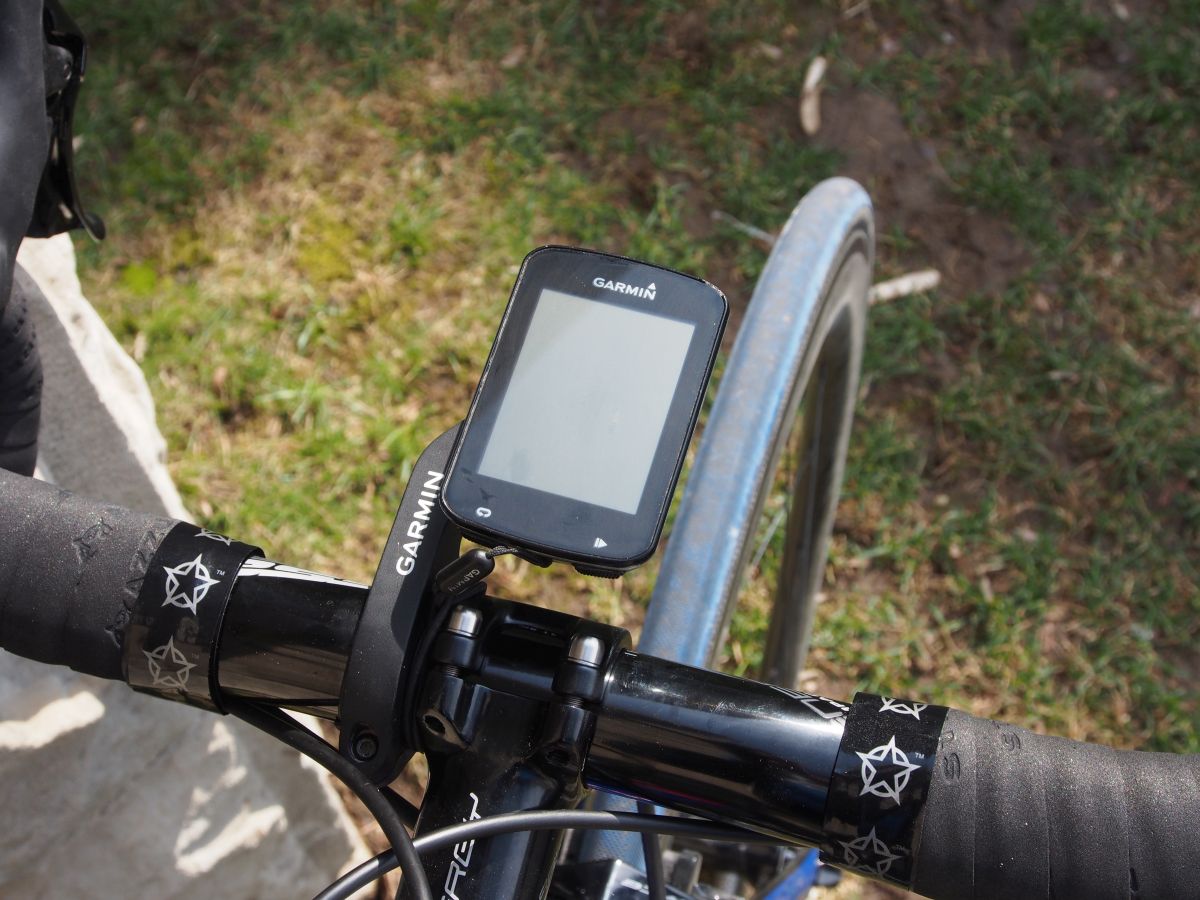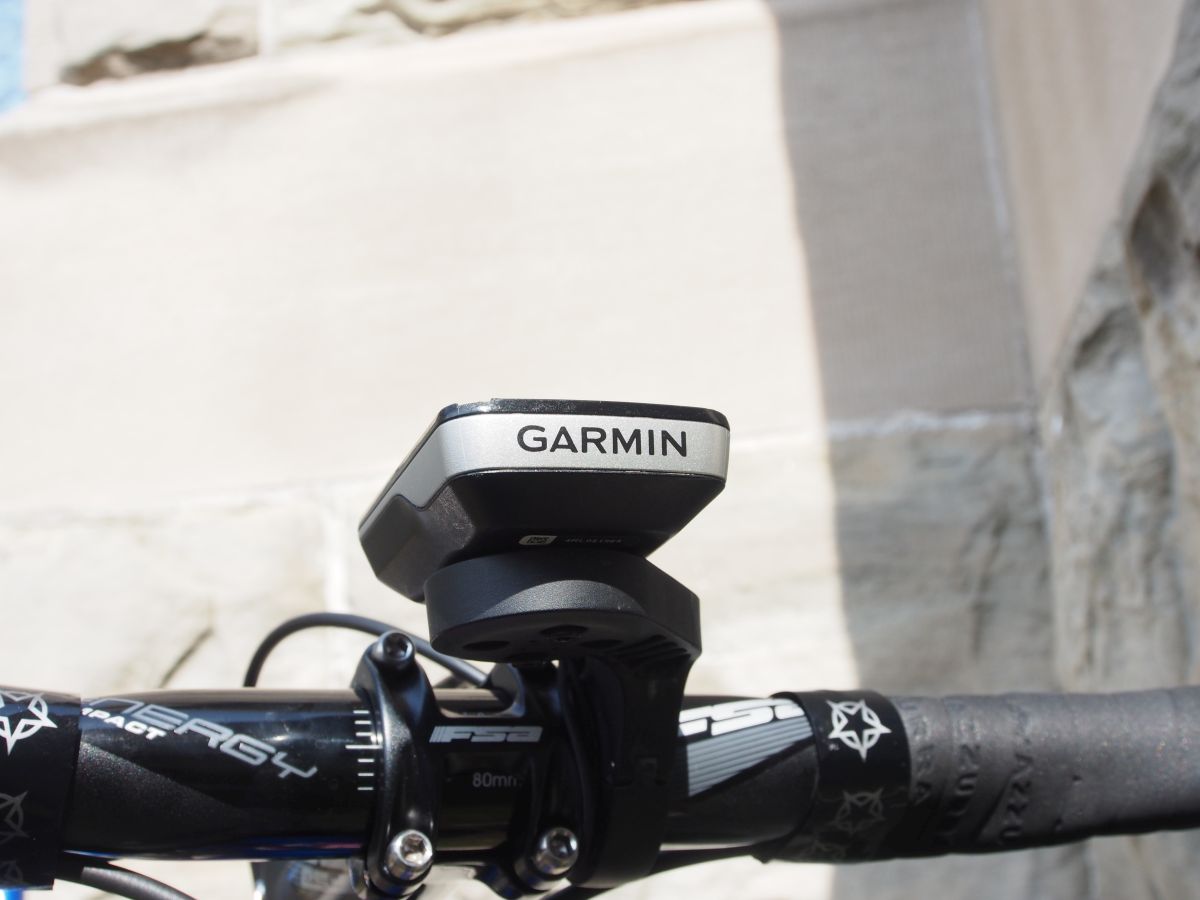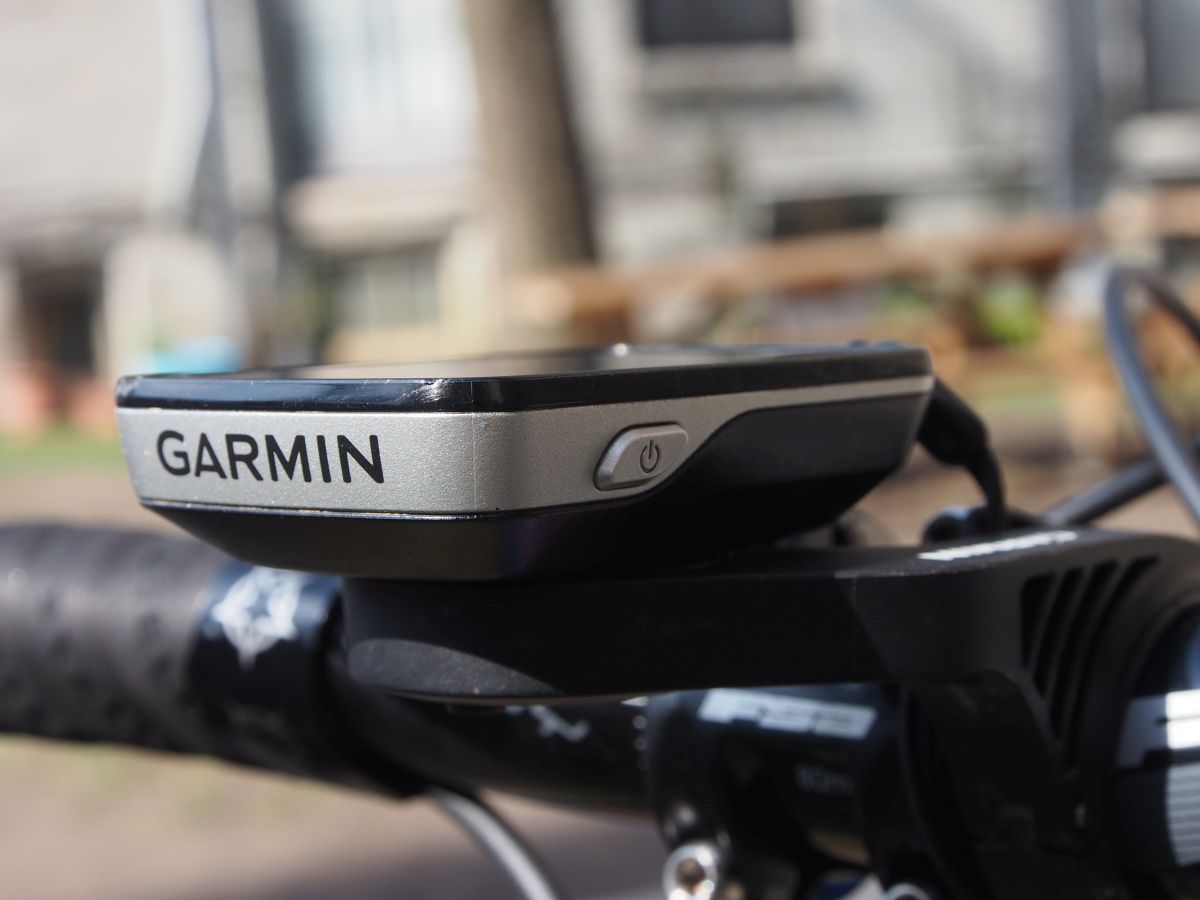Garmin Edge 820 review
All the latest training features and navigation in a compact body


The Garmin 820 is a touchscreen training computer with plenty of training and navigation features tucked into a compact package. Users of past Garmin Edge’s will find it familiar but the newest device has been upgraded with handy features and a new user interface. Those who have never owned a Garmin Edge will find most of what they need in a cycling computer in the Edge 820 which is packed with the latest features and lots of navigation potential.
First impressions
Out of the box the first thing I noticed about the Edge 820 was its size. Having been an owner of the Garmin Edge 800 I was used to the more feature packed version to be bigger but with the Edge 820 it is not. The screen is touch whereas the mid-range Edge 520 is operated with buttons but otherwise they look very similar with 7.3 4.9 x 2.1 cm dimensions. Garmin say they have taken many of the features of the Garmin Edge 1000 and packed it into the body of the Edge 520.
Setup
The Edge 820 which takes about 30 seconds to locate the satellites after turning it on. The first thing I did was put the Edge 820’s connectivity features to use. With WiFi, Bluetooth and ANT+ connectivity, the Edge 820 will pair with your phone, power meter, training sensors and wireless internet. This allows the cycling computer to automatically upload activities to Strava and TrainingPeaks etc., prompt you to do software and map updates, train smarter with metrics and send you notifications when you are receiving a call or text message on your smartphone.
I especially liked the phone connectivity. One day as I was stepping out the door a notification appeared with a text message telling me the person I was supposed to meet was running 15 minutes late. I would have surely missed the text otherwise.
RELATED: Castelli Perfetto long sleeve review
The device has three buttons. On the left-hand side is the power button which once the device is on can be held which allows the user to lock the Edge 820. On the bottom, there is a start/stop activity button and a lap button. The rest of the devices features are operated using the touchscreen.
The Garmin Edge 820 has three default activity profiles for the different types of riding you do. You can have different setups for training, racing, navigating and indoor cycling which disables the GSP so the device doesn’t waste time searching for a signal. I set up my data screens to my preference and I was ready to ride.

Training and Data
The device works flawlessly with sensors and the data I received gave me the information I like easily being able to know while riding. The device can give you standard metrics like speed, time, distance, elevation and temperature along with averages and totals. Their is also a built-in coaching feature that can give you an approximate V02 Max and how much recovery time you need if you ride with a heart rate strap and power meter.
RELATED: Festka built from recycled Nespresso capsules sells at auction
If you want to know your Strava segment time live there is an option for that so you can best your PRs and take the top stop on attainable KOM/QOMs. There is also a LiveTrack feature for your friends or family members to track you on their computer and GroupTrack with the idea being a friend can track to your meet up spot. Finally Incident Alert is a feature that would send a notification to a family member if a crash is detected. The device gives you 20 seconds to cancel the message if it mistook pothole with an accident.
Navigation and touchscreen
A big reason I enjoy having navigation on my cycling computer is to be able to map out routes created elsewhere and then ride them using the Garmin. The device comes with preloaded maps and points of interest so you can immediately start using the navigation features.
The Edge 820 does a great job of helping you stay on route with alerts, warnings if you go off course and prompts to get back on route if you have strayed. Even when viewing other pages you will be prompted with a direction about 300 m before a turn, plenty of time to alert your group of the upcoming turn.
RELATED: Sneaky Socks launches sock-of-the-month club
Additional you can map out routes on the device using Course Creator or search a location for the device to map a route out to it for you. Mapping out a route beforehand and uploading the GPX file to the device is far preferable though. It’s not as powerful or as intuitive as Google Maps but it’s a nice insurance to have when you are riding in an unfamiliar location.
The size of the screen makes navigating a map a little cumbersome. I found I was often either zoomed too far in or too far out making identifying roads and interceptions tricky. Scrolling around on such a small screen also took some getting use to. Where I had cell reception I often relied on my phone to find the nearest gas station or figure out the most direct route to my destination.
RELATED: Giro Factor Techlace shoes review
The size of the device means that the touchscreen is smaller than on the Garmin Edge 1000. The screen requires firm and deliberate swipes when operating and can often be used through gloves. It worked consistently with a thinner pair I owned and I was surprised to find I could operate it through a thick pair as well that didn’t work on my iPhone.
The screen sometimes left me unsure if it had detected my command because of a slight lag and another problem I encountered was hitting the wrong option more frequently than say on a smartphone. Often I would open pull-down menu when I was trying to swipe through data pages and vice-versa. Once I got used to the screen it did become more predictable and more enjoyable to use. I was pleasantly surprised to find that rain droplets on the screen didn’t affect my use of the touchscreen unlike on my smartphone which is very difficult to operate when wet.
Battery life
The claimed 15-hour battery life holds true for simple recording. I often went two or three rides before charging the device. Once, I forgot to charge it and with a three-hour ride ahead of me I was worried it would run out of juice. The battery saving mode on the Edge 820 does its job very well and instead of the device just dying it shuts the screen off to conserve energy. With 10 per cent battery life remaining it managed to record the entirety of my ride. A nice feature but if you were relying on the Edge 820 for navigation it has limited use.
Using navigation drains the battery consistently faster. I drained about one-third of the battery life in about two hours on one ride and decided to then turn it off because I was familiar enough with the area not to need to rely on it.
Concluding observations
Overall the Garmin Edge 820 is a welcome update to the line-up and a noticable step up from the Garmin Edge 800. With some handy additions from higher range models and a new interface, it is easy to use for training. The touchscreen can be tricky to operate and isn’t as reliable as I would have liked but once I adjusted to it it didn’t stop me from using any of the devices features. The device is perfect for riders who want a great set of features for training and the ability to follow and navigate routes.
RELATED: Spurcycle bell review
With a water resistance rating of IP X7, the device can withstand rain and even immersion in up to one metre of water for 30 minutes. The 16GB of built-in memory is plenty for storing routes you’ve mapped out and years worth of rides. The Garmin Edge 820 can be bought on its own for $540 or in a bundle with a heart rate, cadence and speed sensor for $680.


